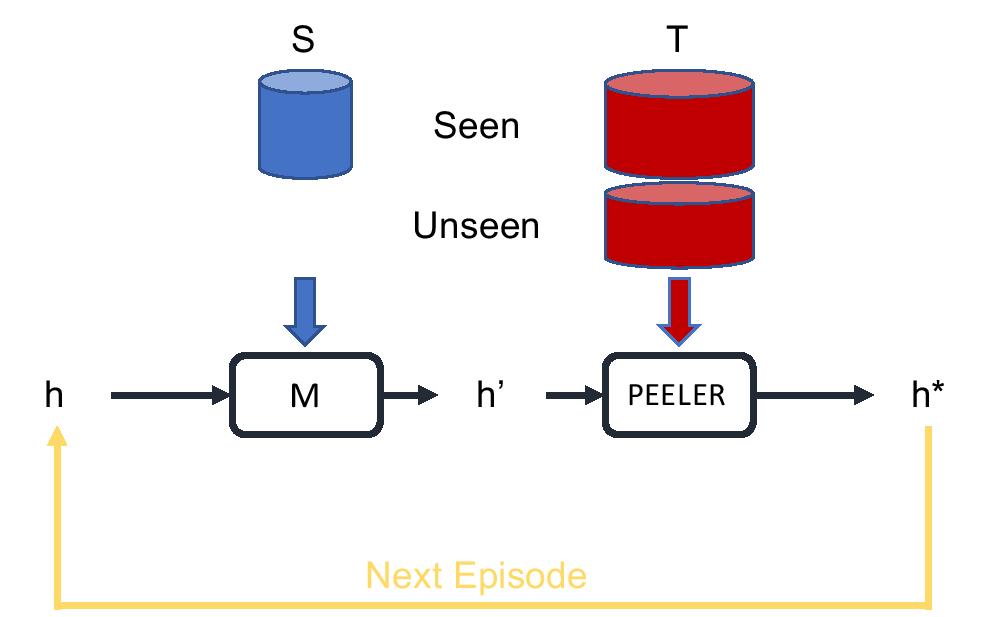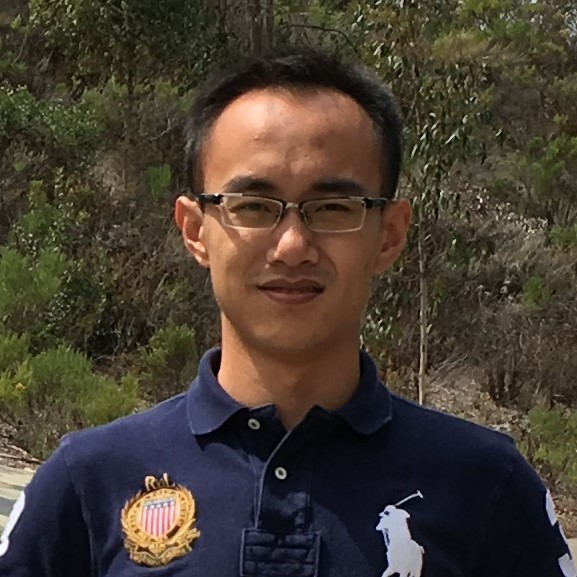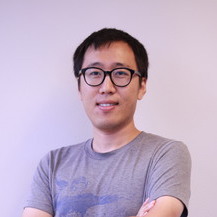Few-shot Open-set Recognition using Meta-learning
Hao Kang2
Haoxiang Li2
Gang Hua2
UC San Diego1, Wormpex AI Research2

Overview
The problem of open-set recognition is considered. While previous approaches only consider this problem in the context of large-scale classifier training, we seek a unified solution for this and the low-shot classification setting. It is argued that the classic softmax classifier is a poor solution for open-set recognition, since it tends to overfit on the training classes. Randomization is then proposed as a solution to this problem. This suggests the use of meta-learning techniques, commonly used for few-shot classification, for the solution of open-set recognition. A new oPen sEt mEta LEaRning (PEELER) algorithm is then introduced. This combines the random selection of a set of novel classes per episode, a loss that maximizes the posterior entropy for examples of those classes, and a new metric learning formulation based on the Mahalanobis distance. Experimental results show that PEELER achieves state of the art open set recognition performance for both few-shot and large-scale recognition. On CIFAR and miniImageNet, it achieves substantial gains in seen/unseen class detection AUROC for a given seen-class classification accuracy.
Highlights
Code
Training, evaluation and deployment code available on GitHub.
Video
Acknowledgements
Gang Hua was supported partly by National Key R&D Program of China Grant 2018AAA0101400 and NSFC Grant 61629301. Bo Liu and Nuno Vasconcelos were partially supported by NSF awards IIS-1637941, IIS-1924937, and NVIDIA GPU donations.









